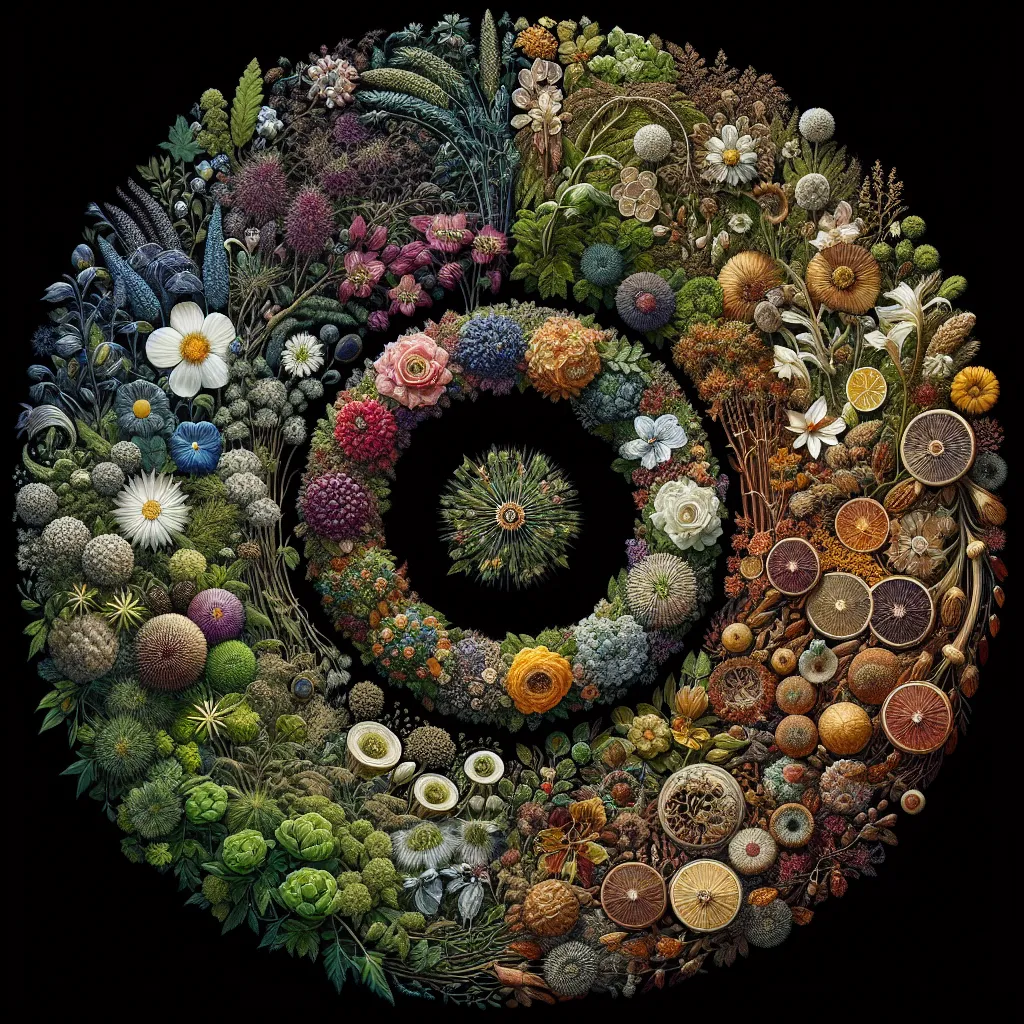Origins of Wreaths: Tracing Back the History
Wreaths have been used for various ceremonial and decorative purposes throughout history, their origins dating back to ancient civilizations. The tradition of creating and displaying wreaths can be traced back to the ancient Greeks and Romans, who would weave and decorate them with leaves, flowers, and other materials. These early wreaths were often worn as headdresses during important events and celebrations, symbolizing victory, honor, and the cycle of life.
In ancient Greece, wreaths, known as “stephanos,” were used to crown victorious athletes and leaders, signifying their achievements and status. Similarly, the Romans used wreaths as a symbol of victory and would present them to military leaders and emperors. As these civilizations expanded and their traditions spread, so did the use of wreaths, becoming a widespread symbol across many cultures.
During the Middle Ages in Europe, the use of wreaths evolved to include decorative elements such as evergreen branches, holly, and mistletoe, particularly during the winter solstice celebrations. The circular shape of the wreath came to symbolize eternity and the cyclical nature of life, while the evergreen materials represented hope and renewal. This symbolism continues to be associated with wreaths in modern times, especially during the holiday season.
Overall, the history of wreaths is rich and diverse, with roots in ancient civilizations and continued relevance in contemporary culture. The symbolism of wreaths as representations of victory, honor, and the eternal cycle of life has transcended time and remains an enduring tradition in ceremonies, celebrations, and decorative arts.
Symbolism and Tradition: The Meaning Behind Wreaths
Wreaths have a rich history dating back to ancient times, and they have been symbolically significant in many cultures and religions. The circular shape of a wreath has been interpreted as a symbol of eternity and continuity, with no beginning or end, making it a powerful representation of the cycle of life. In ancient Greece and Rome, wreaths were worn as crowns to symbolize victory and achievement, while in ancient Persia, they were used to symbolize growth and sustainability.
In Christianity, the Advent wreath, made of evergreen branches and adorned with candles, is a powerful symbol of the coming of Christ and the hope and light that He brings to the world. Each candle on the Advent wreath represents different aspects of the spiritual preparation for the birth of Jesus. Similarly, in Pagan traditions, wreaths made of evergreen branches symbolize strength, endurance, and rebirth, particularly during the winter solstice.
Wreaths are often used in funerary customs to represent the eternal cycle of life and death. In many cultures, wreaths are laid at gravesites as a symbol of remembrance, respect, and eternal life. Additionally, in military traditions, the act of laying a wreath at a memorial site is a powerful symbol of honor, remembrance, and gratitude for the sacrifices made by the fallen.
Throughout history, the symbolism of wreaths has remained consistent in representing unity, strength, victory, and eternity. Whether used in religious ceremonies, seasonal celebrations, or solemn commemorations, the circular form and evergreen foliage of wreaths continue to hold profound symbolic meaning across various cultures and traditions.
Evolution of Wreaths: From Ancient Times to Modern Culture
Wreaths have a rich history that dates back to ancient times, where they were used for various ceremonial and decorative purposes. The evolution of wreaths spans across different cultures and historical periods, showcasing the enduring symbolism and significance attached to these ornamental creations. In ancient Greece and Rome, wreaths were associated with victory, honor, and the circle of life, often worn as headdresses during religious ceremonies and awarded to athletes and poets. Similarly, in ancient Egypt, wreaths made from papyrus and other plants held symbolic meanings in religious rituals and as adornments for the deceased.
As time progressed, the symbolism and uses of wreaths continued to diversify. During the Victorian era, wreaths became prevalent as decorative ornaments and were crafted with intricate designs using flowers, leaves, and ribbons. This era marked the transition of wreaths from primarily symbolic items to elements of home decor and expressions of seasonal festivity. The association of wreaths with Christmas and other holidays further embedded them into modern culture, with decorative wreaths adorning doors and mantels as a symbol of welcoming and celebration.
Today, the tradition of wreath-making has evolved to encompass a wide range of materials and styles, from traditional evergreen foliage to modern interpretations using synthetic components. Wreaths have also found their way into various art forms and crafts, serving as inspiration for creative expression in contemporary culture. The evolution of wreaths reflects a continuity of tradition and symbolism, preserving their significance across different historical periods and into the modern day.

